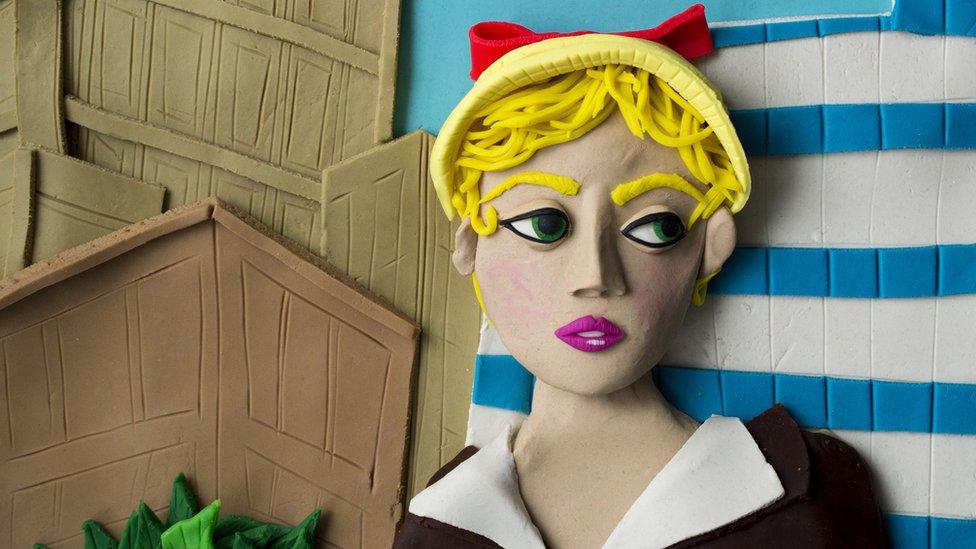Why seeing art in real life is much more emosh than a picture
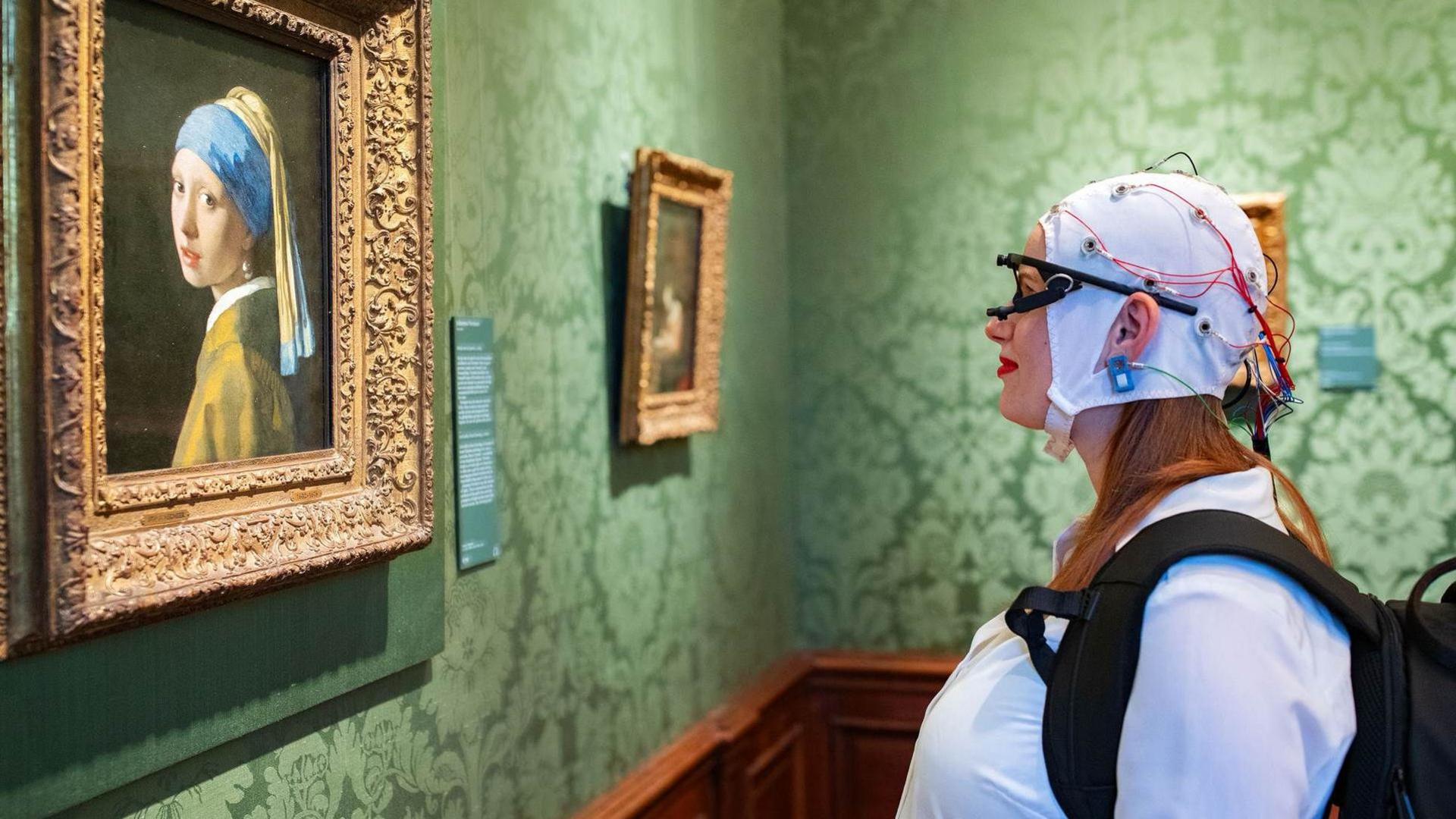
Brain scanning technology was used to find out more about how we feel when we look at art
- Published
More stories like this
New exhibition covers walls in chocolate paint
- Published11 September 2024
Check out the tiny pieces of art painted on coins
- Published17 March 2024
Seeing art in real life has a much greater effect on our brains and feelings than a photo, new research says.
A study commissioned by the Mauritshuis museum in the Netherlands tested a very famous piece of art on people who saw it in real life and also looked at a photo of it.
Scientists used eye-tracking and brain scanning technology to see how we respond to real works of art and poster replicas.
It found people had ten times more of an emotional response looking at the famous painting Girl with the Pearl Earring than if they were looking at a poster.
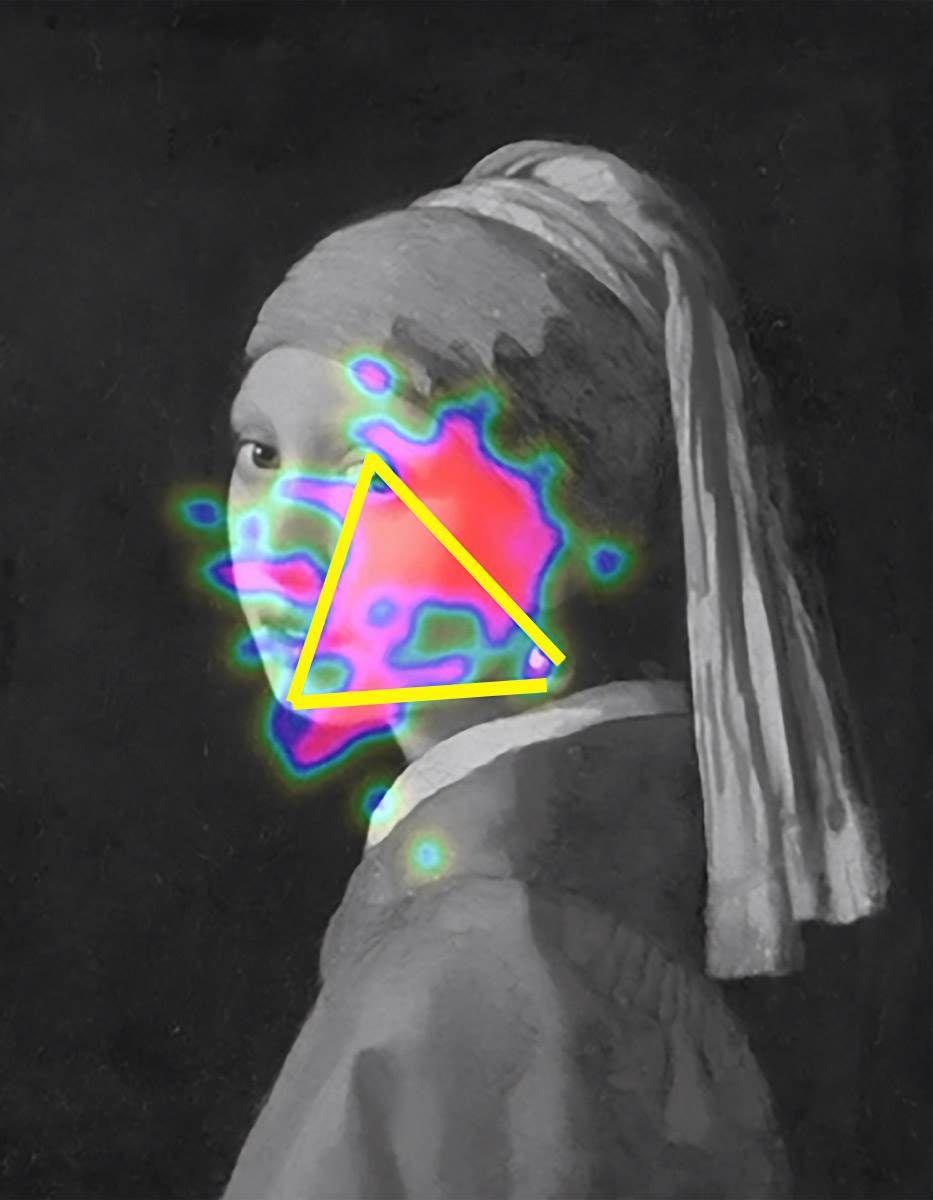
The study found the painting keeps the viewer's attention as they look at different parts of it in a loop
How did scientists study 'Girl With The Pearl Earring'
Johannes Vermeer's Girl With The Pearl Earring is one of the world's most popular paintings. It can be seen at the Mauritshuis museum in The Hague.
The museum asked the scientists to measure people's brain response when viewing the portrait and other art.
To carry out the tests, scientists attached an eye tracker and cap to study the brainwaves on 10 people that were shown the real paintings, but also replicas.
They discovered that the person looking at the painting is affected by a special brain phenomenon they called "Sustained Attentional Loop", which they believe is unique to the 'Girl With The Pearl Earring'.
This is because the viewer's eye is drawn first to the girl's eye, then to her mouth, then across to the pearl, then back to the eye repeatedly.
Martin de Munnik, from the company that did the study, said this makes you look at the painting for longer. He said: "You have to pay attention whether you want to or not."
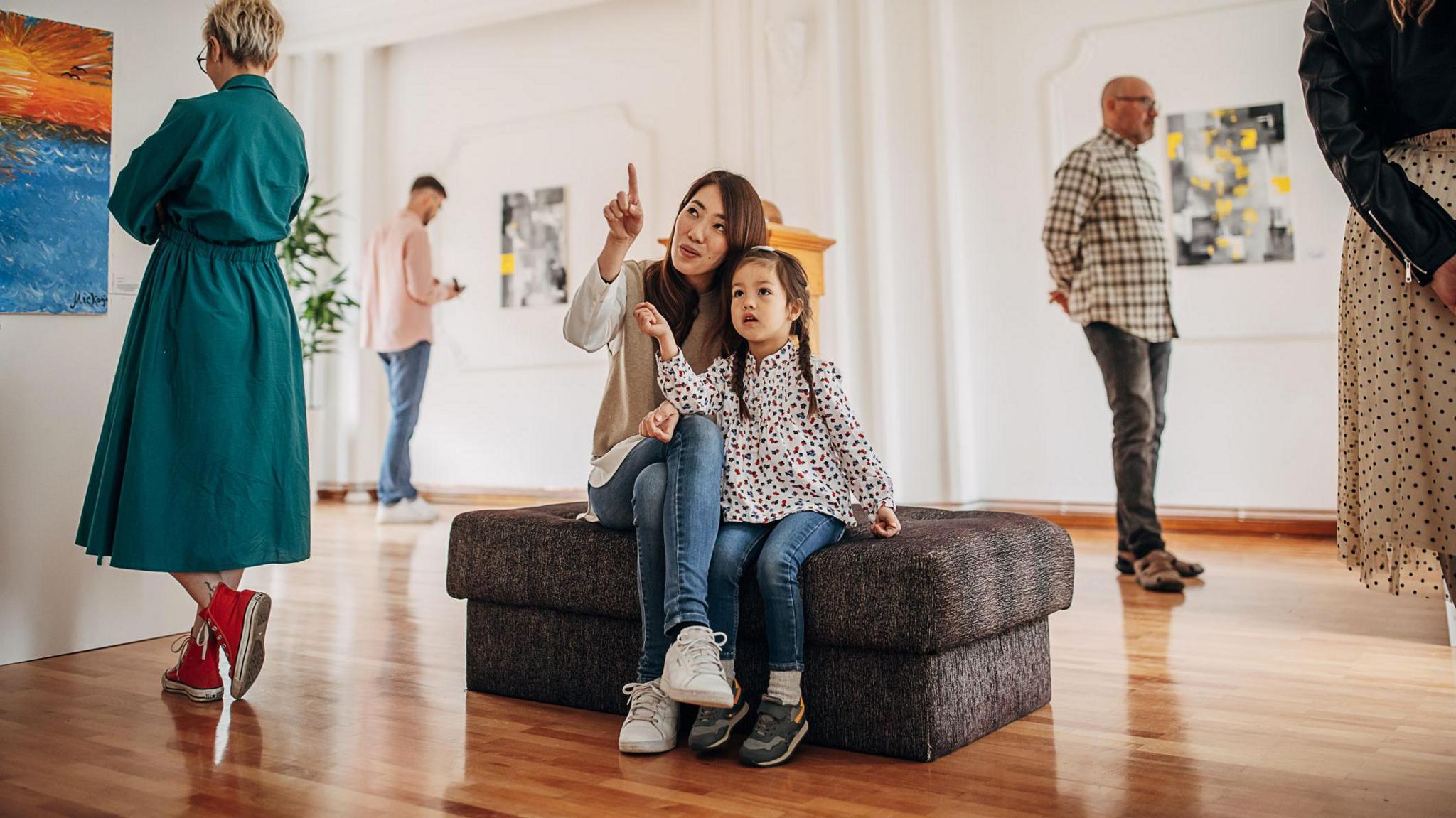
By measuring brainwaves, the scientists also discovered the part of the brain in charge of consciousness and personal identity was the most active.
It's believed to be the first study to use certain brain scanning machines to measure how we respond to artwork.
Do you like to look at art in real life at galleries and museums or would you rather look at books or online ? Let us know which you prefer and why in the comments below.
More amazing art stories
- Published30 September 2024
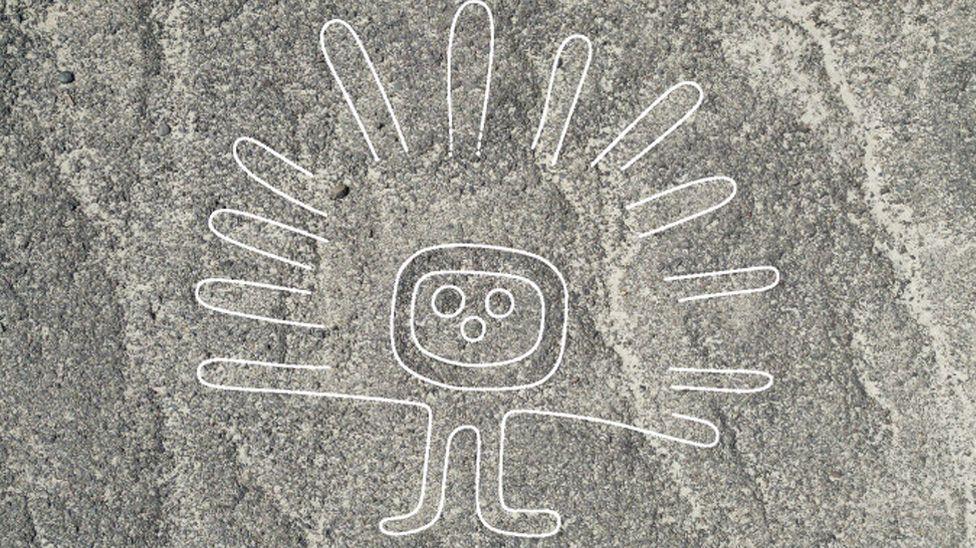
- Published24 May 2024
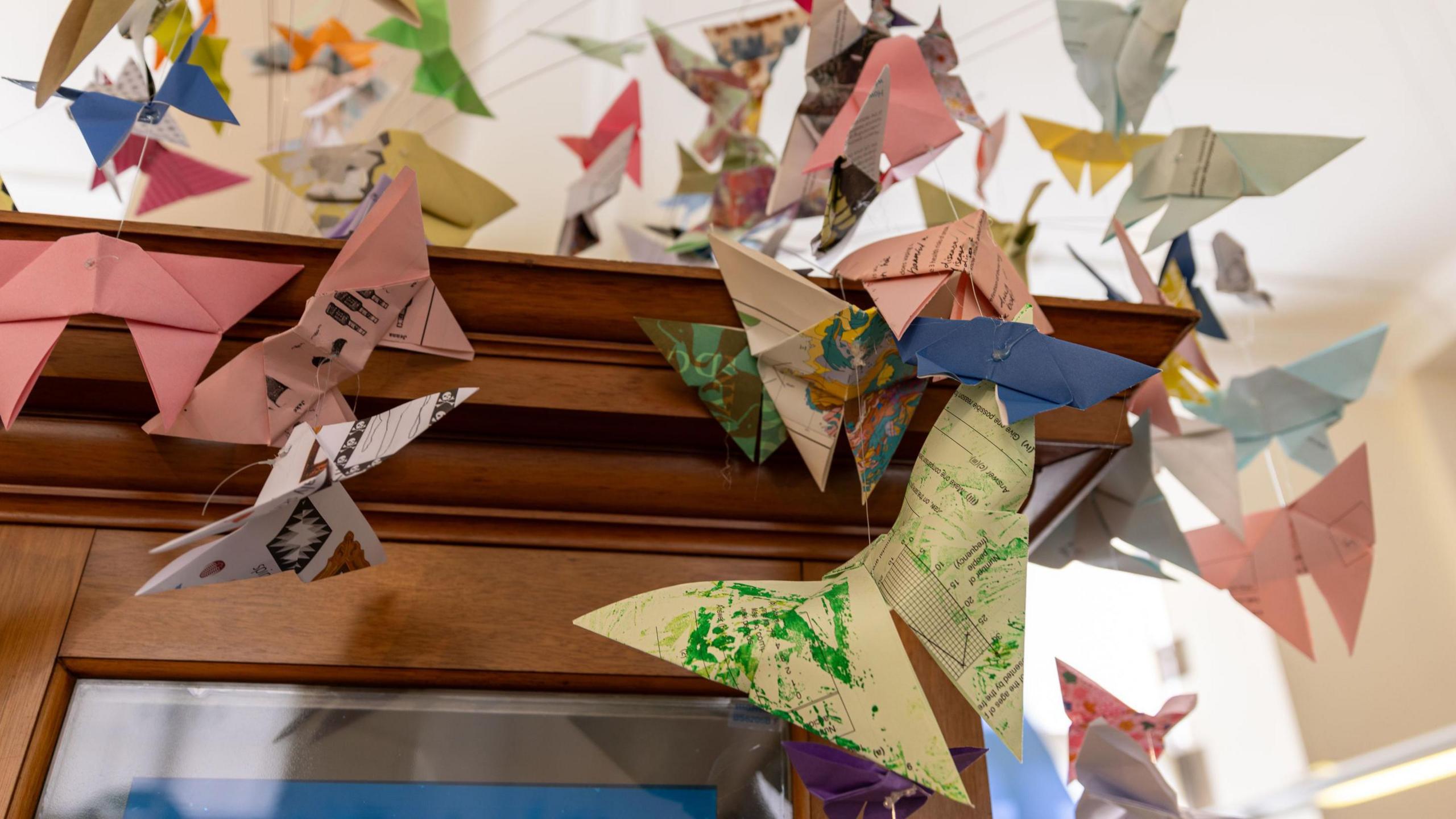
- Published12 March 2024
